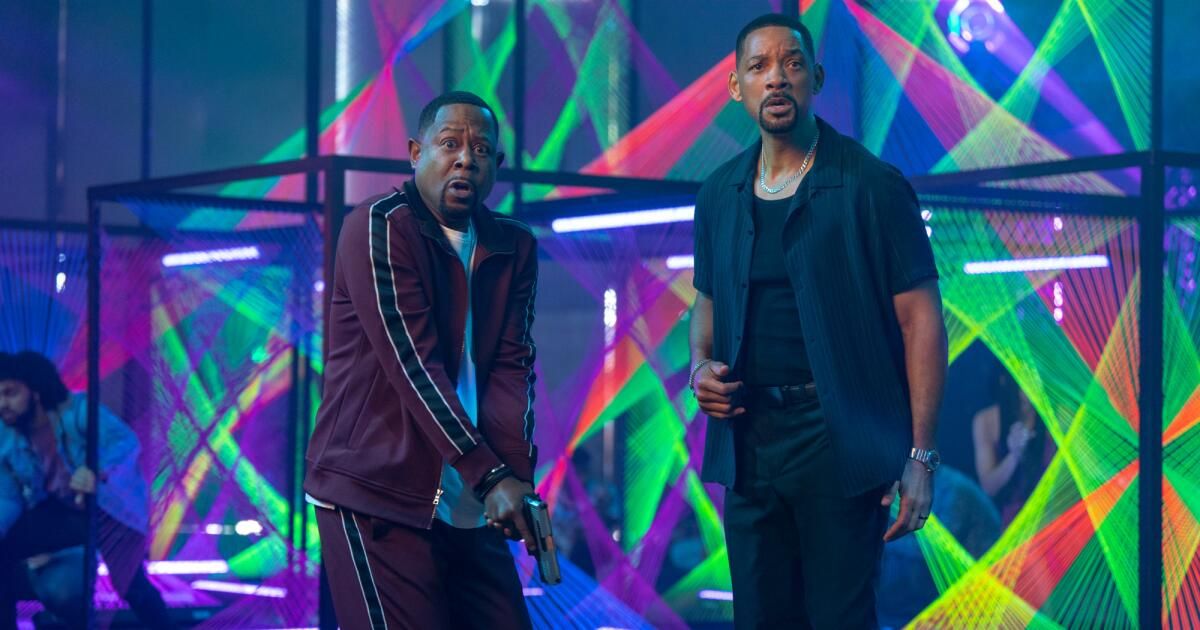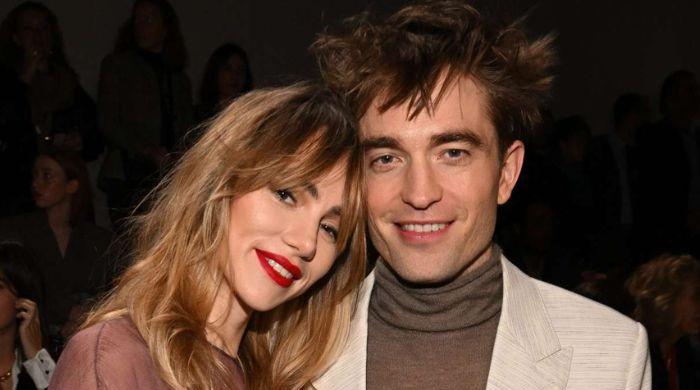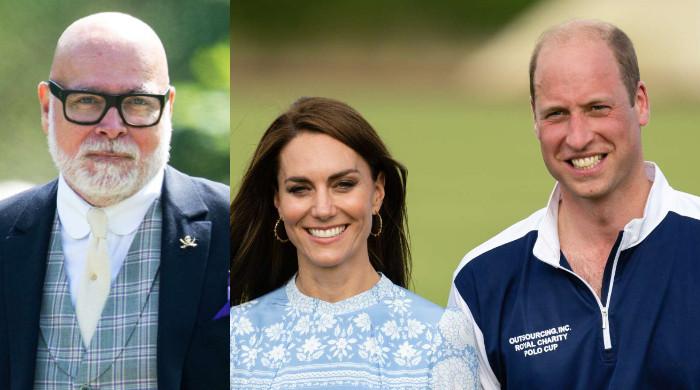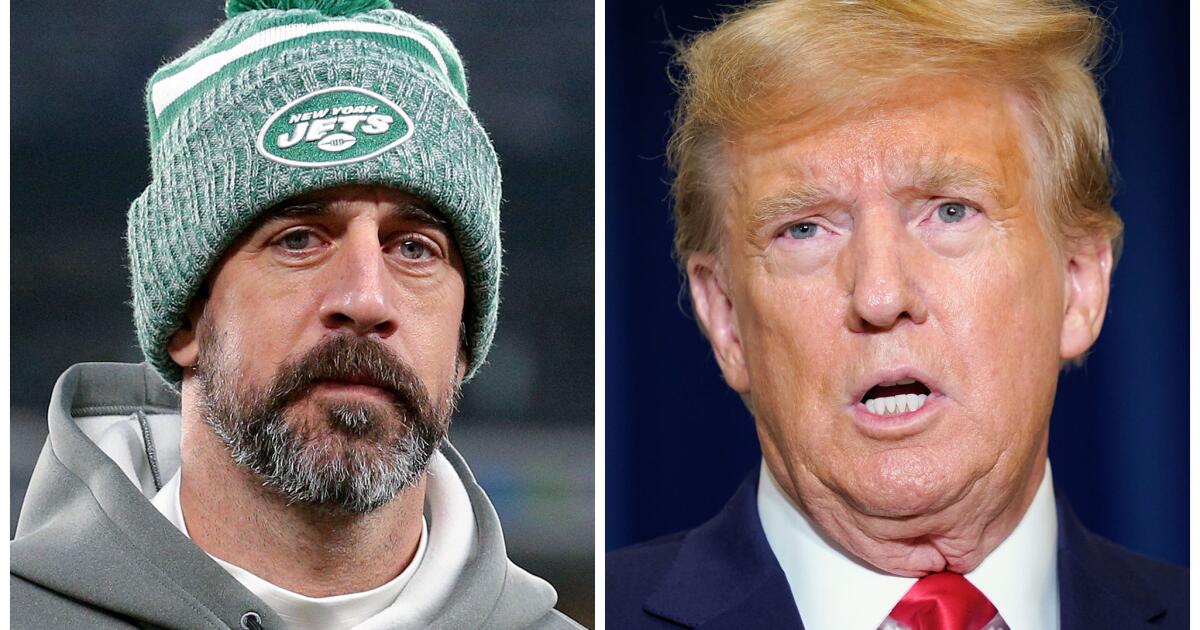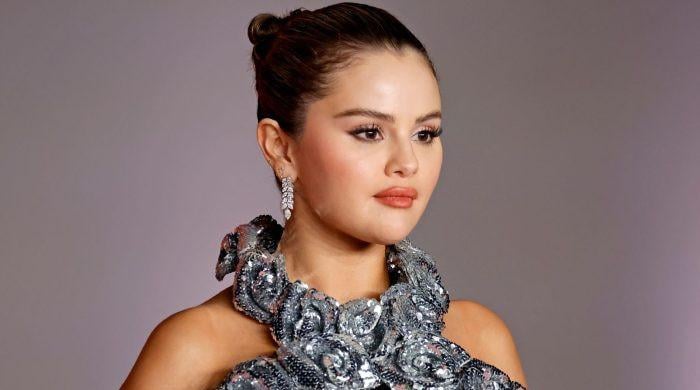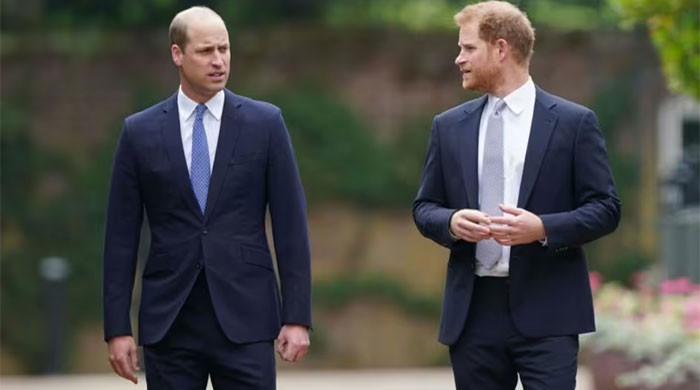Just over two years after Will Smith slapped Chris Rock during the Academy Awards, he's getting a big pat on the back from moviegoers and Hollywood insiders alike.
Prompting a huge sigh of relief from exhibitors shaken by the lackluster start to the summer movie season, this weekend's $56 million national release of “Bad Boys: Ride or Die” brought in to Smith and his co-star Martin Lawrence for the fourth entry in the franchise. shows that the public has put Smith's shocking attack on Rock in the rearview mirror.
But most importantly, the triumphant debut demonstrates the power of Black and Latino moviegoers, a demographic Hollywood has long overlooked and underserved, even as people of color make up the majority of the end's ticket sales. opening week for most top-performing films.
Industry analysts report that 44% of “Bad Boys” audiences were black, while 26% were Hispanic and Latino, propelling the film to a bigger opening weekend than action movies. “The Fall Guy” and “Furiosa: A Mad Max Saga.”
Although the film received mixed reviews, with some critics calling it lazy and uninspired, its enthusiastic reception by audiences of color proves that “Bad Boys: Ride or Die,” in which Smith and Martin reprise their respective roles as Miami police detectives Mike Lowery and Marcus Burnett, provided a healthy helping of “soul comfort food” so often missing from Hollywood's star menu: the film is culturally specific to its black and Latino characters, while at the same time offering products in their genre elements.
Smith has worked to cultivate those audiences directly by bringing them films like “Bad Boys” and “Emancipation,” and audiences have reciprocated that devotion.
Video of the Oscar-winning actor's surprise visit to the Cinemark Baldwin Hills Crenshaw multiplex, in a predominantly black and Latino area of Los Angeles, showed audience members laughing and cheering during the film. His excitement peaked upon discovering Smith walking among them after the screening, prompting fans to flock to him to greet him and take pictures.
Adil El Arbi and Bilall Fallah, the directing team that helmed “Bad Boys: Ride or Die” and its predecessor, 2020’s “Bad Boys for Life,” have taken and remixed the greatest hits that director Michael Bay established in the two first films.
Loud, foul-mouthed arguments between Lowery and Burnett? Check. Deafening gunfights and fast-paced chases? Check. Clashes with rednecks and racists? Check. Lots of neon and trendy clothes? Check. A rendition of the Earworm theme song (“Bad boys, bad boys, what are you going to do, what are you going to do when they come for you”)? Check.
The formula was also bolstered by some new ingredients, including an inside joke in which Lawrence slaps Smith, clearly a reference to the Oscars. Fans were also delighted by the larger role of Reggie, a character introduced as a teenager in “Bad Boys 2,” in which he is interrogated by Lowery and Burnett after showing up to take Burnett's daughter on a date.
Reggie, now a Marine and Burnett's son-in-law, played by Dennis McDonald, has several standout scenes in the new film, including a sequence in which he takes down several intruders who break into Burnett's home.
But the foundation of “Bad Boys,” and its most enduring quality, remains the chemistry between Smith and Lawrence and, increasingly rare among $100 million film franchises, its depiction of a romantic relationship between two black men. who work together despite their considerable differences. .
Industry concern over the box office disappointments of “The Fall Guy” and “Furiosa” has cited a number of factors, including last year's dual strikes, the rise of streaming and opening weekend pressures. But the success of “Bad Boys: Ride or Die” suggests another, more fundamental issue. Hollywood would do well to realize that there is an audience that craves stories that highlight and celebrate cultural diversity while appealing to fans of big-budget, crowd-pleasing cinema.
It's exactly the kind of “risk” that the first “Bad Boys” represented for producer Jerry Bruckheimer when it premiered in 1995, pairing two black stars who had television success: Smith with “The Fresh Prince of Bel-Air” and Lawrence with “Martin”, but they were not tested on the big screen. Nearly three decades later, Hollywood is still relearning the lesson that inclusive and diverse blockbusters are not a gamble, but simply good business.
As for Smith, the jury is still out on whether he remains a box office draw outside of a well-established franchise. And not everyone applauds. ESPN sports personality Stephen A. Smith maintains that although the actor apologized for his assault on Rock, he still has not explained the attack and owes the black community “a conversation.”
For the moment, however, Will Smith has made many movie fans (and executives) happy.

